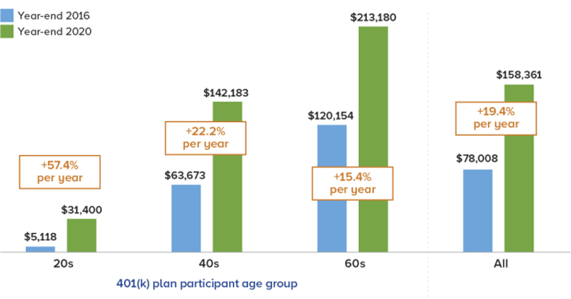![]()
WASHINGTON, March 28—Associated Builders and Contractors and its Florida First Coast chapter filed suit today in federal court to stop the Biden administration’s unlawful scheme to mandate project labor agreements on construction contracts procured by federal agencies. ABC’s complaint asserts that President Joe Biden lacks the legal and constitutional authority to impose a new federal regulation injuring economy and efficiency in federal contracting and illegally steering construction contracts to certain unionized contractors, which employ roughly 10% of the U.S. construction workforce.
ABC estimates the Biden pro-PLA policy will affect at least 180 federal construction contracts valued at $16 billion across America on an annual basis, including several federal construction contracts for projects in Jacksonville and dozens of projects in Florida and the Southeast.
“ABC seeks a national injunction against President Biden’s executive overreach, which makes a mockery of federal procurement laws and rewards powerful special interests with government construction contracts at the expense of taxpayers and the principles of fair and open competition in government procurement,” said Ben Brubeck, ABC vice president of regulatory, labor and state affairs. “ABC has heard from large and small federal contractors—including firms signatory to union agreements—and concerned federal agency contracting officers that the Biden administration’s controversial PLA policy has already stifled competition and raised costs on federal construction contracts in Florida and across the country. This policy will continue to do so absent a successful legal challenge.”
“When mandated by government agencies, PLAs needlessly increase construction costs by 12% to 20%, reduce opportunities for qualified large and small contractors and their craft and noncraft employees, and exacerbate the construction industry’s worker shortage of more than half a million people by discriminating against the nearly 90% of the industry workforce that is not unionized,” said Brubeck. “PLAs discourage competition by forcing contractors to sign union collective bargaining agreements, which require them to follow inefficient and cumbersome union work rules, hire most or all workers from union halls and apprenticeship programs, accept compulsory union representation on behalf of any remaining members of its existing workforce and expose them to union wage theft of up to 34% of their compensation unless they join a union and vest in union benefits plans.”
ABC and its Florida First Coast chapter filed the lawsuit in the U.S. District Court for the Middle District of Florida in Jacksonville in response to the Federal Acquisition Regulatory Council’s Dec. 22, 2023, final rule––and the related Dec. 18, 2023, White House Office of Management and Budget Memo––implementing President Biden’s Feb. 4, 2022, Executive Order 14063, which mandates PLAs on federal construction projects of $35 million or more.
In its legal filing, ABC asserted that the Biden administration’s PLA rule is beyond the scope of executive authority and violates the Constitution, the First Amendment and the Administrative Procedure Act. The complaint also notes that the rule violates the Federal Property Administrative Services Act, the Competition in Contracting Act, the National Labor Relations Act, the Office of Federal Procurement Policy Act and the Regulatory Flexibility Act, among others, by limiting competition and forcing large and small businesses to sign union agreements as a condition of winning a federal contract for construction services.
ABC members won 54% of the $205.56 billion in federal contracts worth $35 million or more during fiscal years 2009-2023 and built award-winning projects safely, on time and on budget, without unnecessary government-mandated PLAs.
Original Article Provided By: https://www.abc.org/News-Media/News-Releases/abc-files-lawsuit-against-president-bidens-anti-competitive-project-labor-agreement-rule-for-federal-construction-projects
